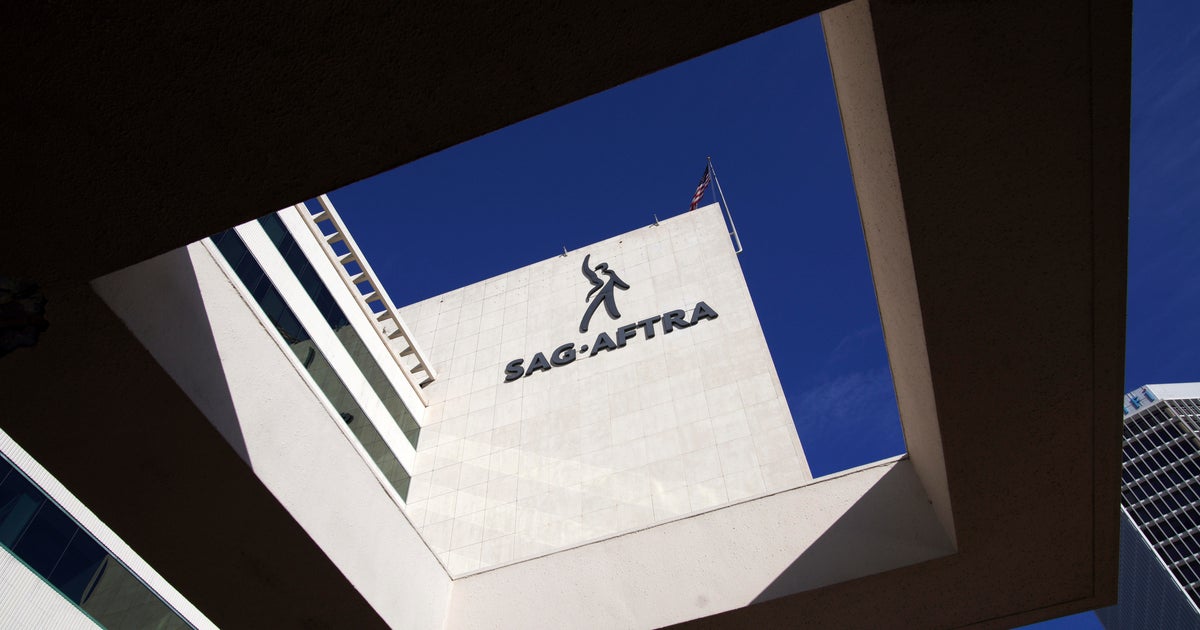Why holiday shopping is so important for the U.S. economy
The biggest gift that the United States could get during the holiday season is robust shopping by the American consumer, who is now the primary engine powering economic performance.
Early indications are that this should be a good shopping season, with nearly 154 million people on the prowl for holiday deals during the Thanksgiving weekend, up 2 percent from last year, a National Retail Federation survey indicated. The run-up to the Black Friday shop-athon is heartening: In October, retail sales (excluding such non-gift items as food, autos, and gasoline) rose an encouraging 4 percent.
Overall, the National Retail Federation expected this holiday season’s sales to be 3.6 percent ahead of the same period a year ago, paced by a swiftly expanding online effort. As a result, retail stocks, lagging earlier in the year, have perked up recently to reflect the optimistic scenario.
The news about U.S. consumers is mostly good, which would support a positive outlook for their spending behavior. Jobless claims, for instance, are at their lowest level since 1970. The University of Michigan survey of consumer sentiment marked a nice advance of 2.8 percent in November, compared with 12 months before.
Consumer spending makes up about 70 percent of gross domestic product, and a solid chunk of it takes place in November and December, mainly in the form of gift purchases. A fifth of all retail sales occur in the year’s last two months, according to the National Retail Federation.
The question is whether good holiday sales will be enough to overcome weaknesses in the rest of the economy. There’s an argument that a healthy holiday performance is a zero sum game for the consumer economy. As Jim Sullivan, chief U.S. economist for research consultancy High Frequency Economics, put it: “To some extent, the more one spends on holiday items in November and December, the less that will be available for other items in January and February.”
In the meantime, decidedly blah business capital spending and a strong U.S. dollar are headwinds for the economy, which for several years has grown at an uninspiring rate of around 2 percent annually. “It can’t be overstated: Without strong retail sales, overcoming those problems” would be very difficult if not impossible, said Chris Christopher, director of consumer economics for research firm IHS Global Insight.
Capital goods spending remains listless, an IHS study shows. This is what U.S. businesses spend on new plants, equipment and technology, aimed at fostering worker productivity and economic growth. During the Great Recession, it tumbled 18 percent, then fitfully recovered in the seven years since.
There’s no sign that the tempo will pick up, largely due to the retreat of oil prices in the last couple of years -- capital expenditures in the energy sector had been the one relative bright spot, but those have ebbed amid iffy prospects for a price rebound for oil and natural gas.
In fact, this weakness started to develop even earlier than the 2008-09 economic slump. Capital spending began tapering off after the 1990s tech boom went bust, a study by the Aspen Institute and the MAPI Foundation demonstrated. Capital spending still has not recovered to the levels of 2000, their figures indicated.
The strong dollar is making matters worse lately. While it renders imports cheaper, the surging greenback also serves as a big barrier to sales of American goods and services overseas, because they are more expensive for foreign buyers.
The changing retail environment, namely a shift to online merchants, makes predicting even harder than usual. Will online pick up the slack from physical stores? This year, web retail sales will reach $117 billion, or slightly less than a fifth of total retail spending of $668 billion, by the National Retail Federation’s reckoning. But e-commerce is expanding at around a 10 percent annual clip, while physical stores stumble forward at a pace of about 3 percent.
Brick-and-mortar stores have endured a rocky time since the recession, especially department stores, with competition from Amazon.com and other e-commerce platforms a big part of the reason. Nordstrom, Kohl’s, J.C. Penney and Macy’s all reported downbeat results for the third quarter recently. Nordstrom was the only chain of this quartet to post positive same-store sales growth (that is, measuring only stores open at least a year). Much of that was owing to a good sales increase, some 20 percent, from its Nordstrom.com division.
Amazon, meanwhile, is continuing its relentless march, opening dozens of new warehouses -- which it calls fulfillment centers -- to ensure rapid delivery of merchandising. Its year-old Amazon Prime program, where customers pay $99 per year for fast and free deliveries, has added millions of members.
Will the upshot be sufficiently robust retail activity to keep the economy chugging along? Many economic observers and investors hope do.



